Menu
Aurangabad Hotel:
+91-72198 07777 070309 33601Lonavala Resort:
+91-74100 27777 +91-77678 87763Pune Hotel:
+91-20-4073 1111 +91-77989 81905Vadodara Hotel:
+91-265-306 7777 +91-75728 00067Aurangabad is a major city in Maharashtra, which is known for its architectural marvels. From Buddhist shrines to brilliantly constructed forts, the city has a lot in store for the travellers. While staying at 7 Apple Hotel, one can take out a day or two to explore these attractions.
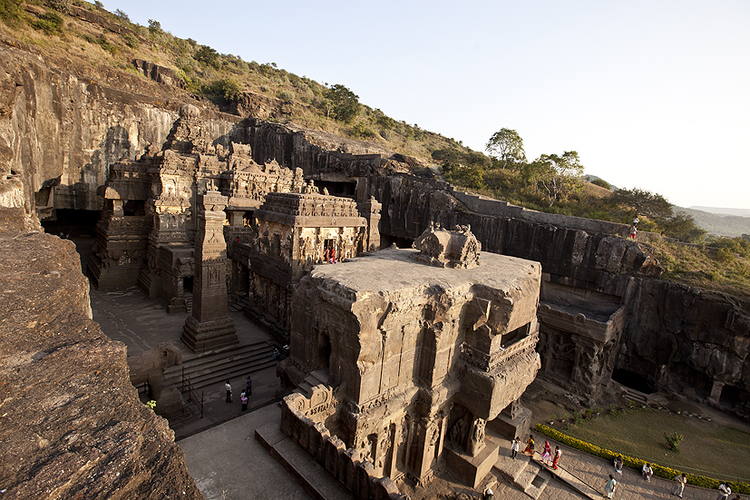
Dating back to the sixth and seventh century, these 10 soft rock caves are bifurcated into the Western Group Caves and Eastern Group Caves. Touristy and scenic, these Buddhist caves sit atop the hills and offer a welcoming escape from the city’s monotony.
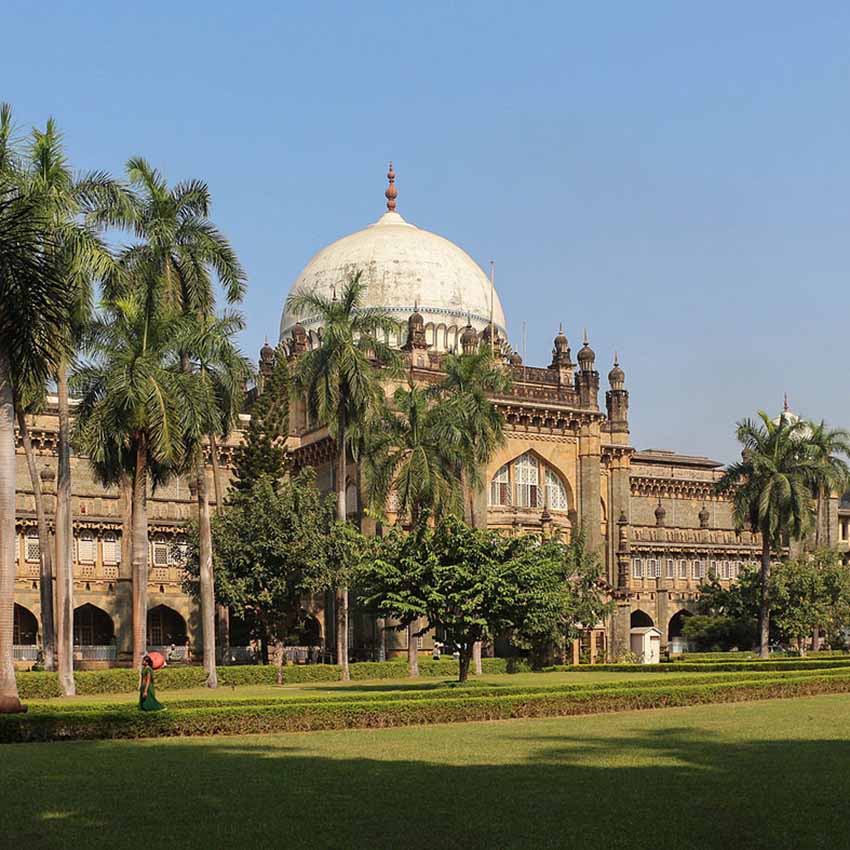
Flocked by tourists and students of history throughout the day, Chhatrapati Shivaji Maharaj Museum is a stark reminiscent of India’s encounter with colonialism. Showcasing collections related to Lord Shivaji, this is a convenient stop along the way to the Ajanta caves.
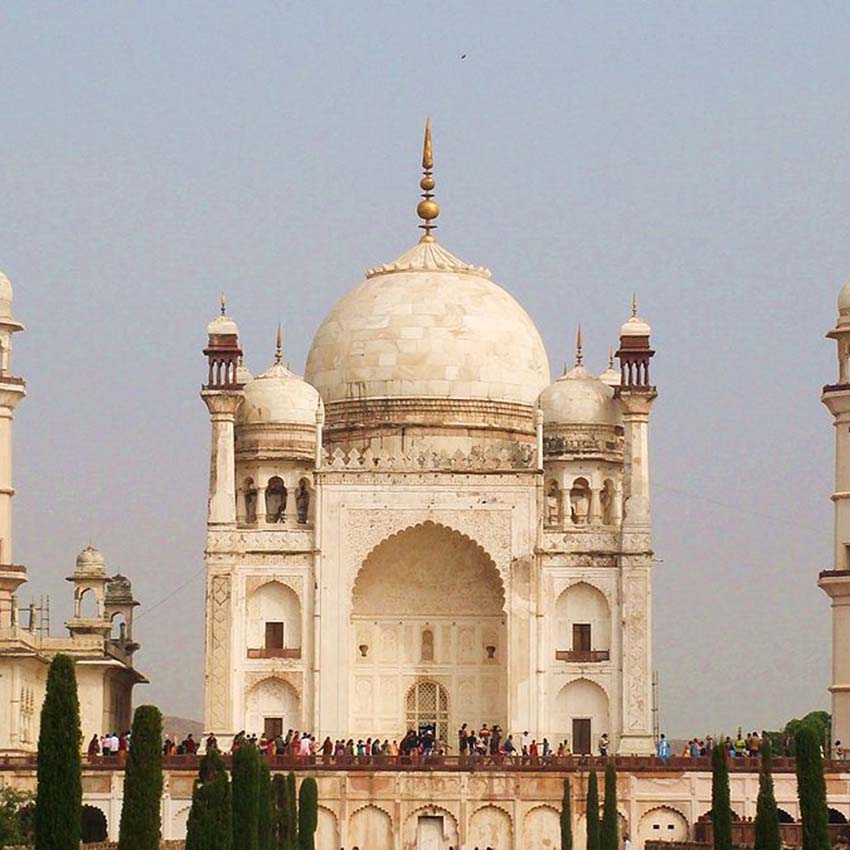
An enchanting mausoleum of Rabia-ul-Daurani, the wife of the Mughal Emperor Aurangazeb, this is one of the prominent tourist places in Aurangabad. Priding it to be the solitary example of Mughal architecture in this part of the city, Bibi-Ka-Maqbara is defined by four lofty minarets. Her grave is enclosed by an octagonal lattice-screen of white marble.

The first horizontally designed shopping mall of the country, this mall is the perfect place to go on a shopping spree! Boasting of over 1 million square feet of retail space, this is one of the largest malls in India. Everything – from accessories to clothes, footwear, electronics, places for recreation and dining – is available here.
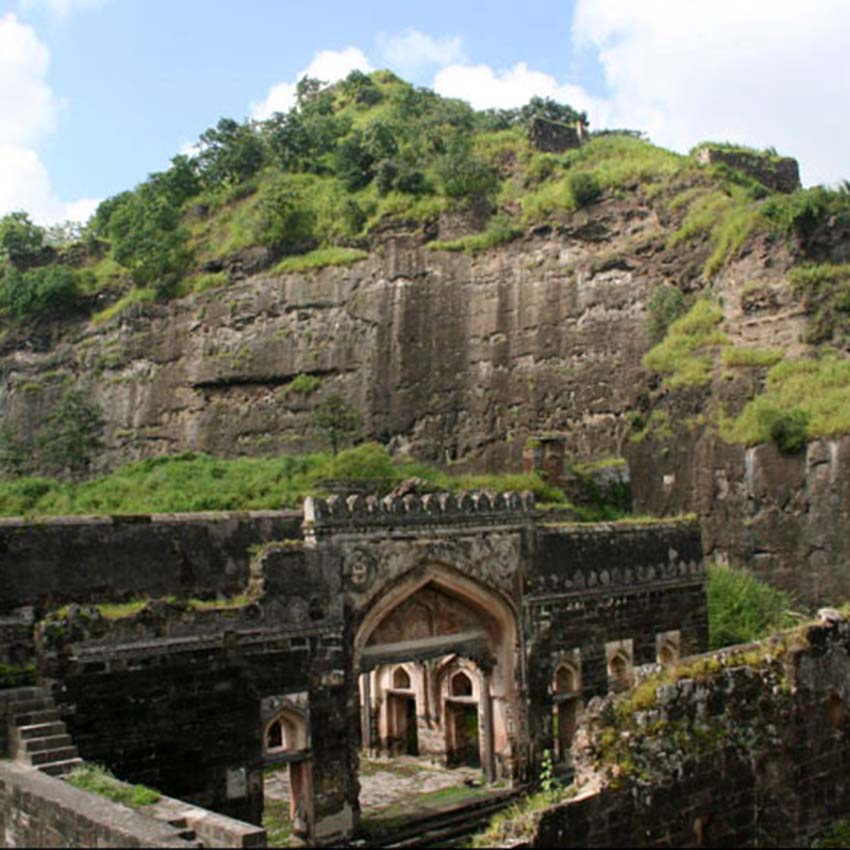
Situated in the village of Daulat, this quaint fort has a rustic charm to it, which allures visitors from all over the country.Constructed by Billamraja, who ruled Daulatabad during 1187 A.D, this massive fort, is quite unique since nobody could ever conquer it because of the strong structure.

A conglomeration of 34 caves, Ellora represents the confluence of 3 diverse faiths - Buddhism, Hinduism and Jainism – and the spirit of secularism in ancient India. Constructed between 600 A.D. and 1000 A.D., these rock caves are spaced over 2 kilometers.
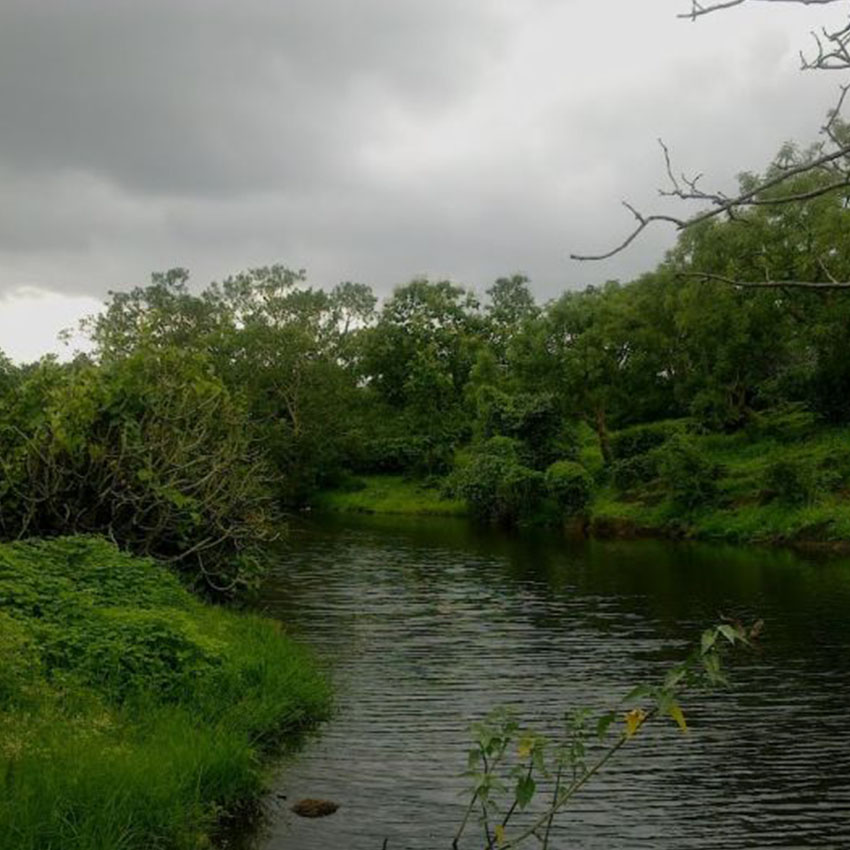
The hotspot of biodiversity, this point of eco-tourism is a nature lover’s paradise and ideal muse for a wildlife photographer. Chinkara (Gazella bennettii), Nilgai (antelope) (Boselaphus tragocamelus), sloth bears, cranes and spoonbills are some of the species that inhabit the sanctuary.
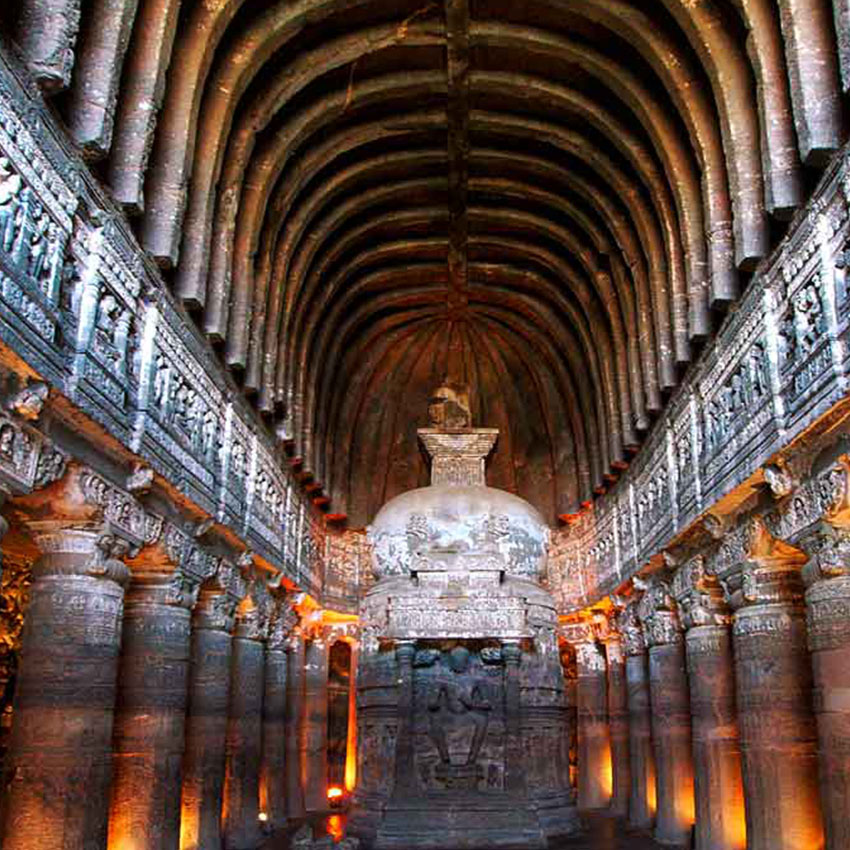
A UNESCO World Heritage Site, these caves are famous worldwide for their unique mural paintings. Known for their exemplary craftsmanship, these paintings offer a rich insight into the life of Buddha. Illustrations on Buddhist deities can be found here too.